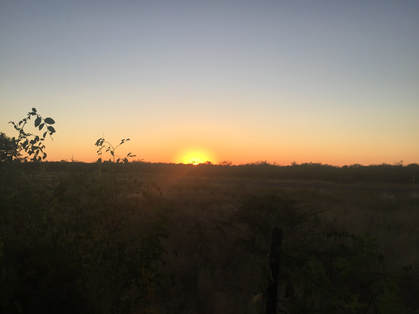 By Meghan Africa has some of the most unique animals in the world. I was excited to go on a safari to see some of my favourite animals in the wild. We decided to do a self drive safari so that we could go at our own pace and take our time. It was also cost effective. We all guessed which animals we would see first. I was dying to see a pride of lions lurking in the high grass. I thought we were going to see them first. Well, maybe that was just my wish. Dad went on a safari 20 years ago when he was backpacking through Africa. He said cheetahs are very hard to find and it was the last animal he saw. 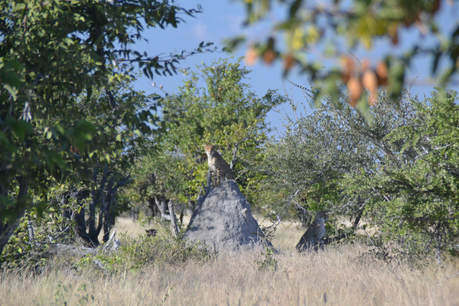 Once we got through the park gates there was a watering hole the park had recommended. So we turned into the watering hole and there was a whole bunch of cars which indicates that there is an animal near by. We were all screaming (but in small voices, trying not scare the animal away), “What is it? What is it?” Our eyes were darting back and forth every way. Then out of the corner of my eye I saw a female lion shape. I screamed, “Lions, lions!” However, you won’t believe what it actually was. It was a...CHEETAH! Not one, but 3 male cheetahs sitting on a termite mound playing in the shade! We were definitely off to a great start of our safari!
Cheetahs: Like lions, cheetahs love lying under the trees in the shade. Females are by themselves unless they have cubs. Males form small groups. That’s why we could tell that the 3 cheetahs were males. Look for spots on their skin in the bush and their footprints in dirt or sand. Warthogs: Warthogs live in small groups. Look for their skinny brown tails sticking out of the high grass. We saw many on the side of the road. We saw many signs on the road warning us that they would be there, but they seemed to be scared of cars. We had trouble taking photos because they would run away as soon as they saw us pull out the camera.
The Safari was amazing! It was a once in a life time experience. Not many kids get to go to Africa to see lions. Avery and I were very fortunate to see these animals. I would definitely come back to the Etosha National Park!
In Africa there are many problems. One of them is poaching. I decided to write about poaching because we learned about it in a book that told us about the animals, and many of them are critically endangered because of poaching. Elephants, rhinos and lions are poached more than other animals. The most poaching in the world happens in Zimbabwe! The black rhino is one of the worlds most endangered species. It is predicted that the rhino will be extinct in 4 to 6 years! It is hard to believe that the next generation might not ever see a rhino or any of the animals who are very, very endangered. Many animals die every day because of poaching. You might be wondering what these animals are poached for. Elephants are poached for their tusks, rhinos for their horns and lions are poached for their teeth and claws. Poachers in Africa have killed more than 100,000 elephants in 3 years. In 2014, two people were found guilty of having a rhino horn worth more than $230,000. There were signs in the airports warning people not to take ivory and any other illegal animal parts home. They would be fined or prosecuted. There was a very interesting sign saying that there is dogs who can trace out ivory and horns in people’s luggage! Unfortunately, vendors still sell these products. When we went to a market they were selling bracelets made out of the hair of elephant and giraffe tails. It is illegal to buy and sell that type of souvenir. We didn’t buy them. Most of the poaching happens in the protected areas which is very surprising. the Namibian government is working very hard to prevent poaching. When we were driving to the National Park we saw men holding big guns. Dad said they were looking for poachers. Poaching has decreased in the past few years so they are doing a good job so far. People are working together to create a good and safe home for these animals.
5 Comments
Lorraine Kinsman
6/11/2018 01:44:12 pm
I have been following your social media throughout your trip, Meghan, and have greatly enjoyed all your blog entries and photographs😊😊 This is definitely my favourite of all your blog entries so far - full of information as well as personal experiences. A writer on safari!
Reply
Meghan
6/12/2018 06:43:10 am
Thank you,
Reply
Adam
6/11/2018 06:40:41 pm
Did you know that cheetahs have a black nose and a line from their eye to their mouth and leopards don't? That's how you tell the difference!
Reply
Meghan
6/12/2018 06:45:18 am
Hi Adam
Reply
Natalie
6/18/2018 09:36:58 pm
Meghan. Yet again another wonderful post and loved all the detail and photos. You and Avery are indeed very lucky and will have so much knowledge to share when you get home. Miss you guys and hugs to all
Reply
Your comment will be posted after it is approved.
Leave a Reply. |
AuthorWe're the Danchuks - follow our explorations and family adventures in a wide world (2018). Archives
July 2018
Categories |
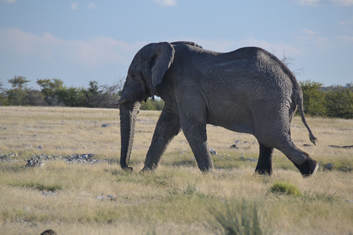
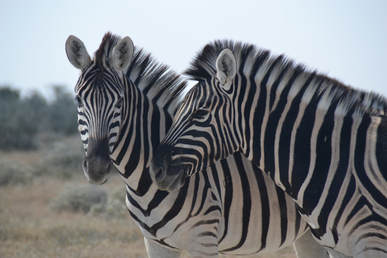
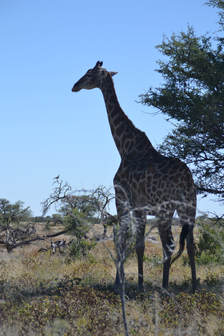
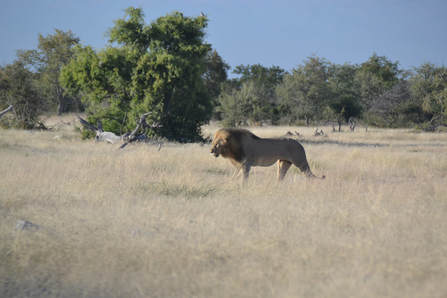
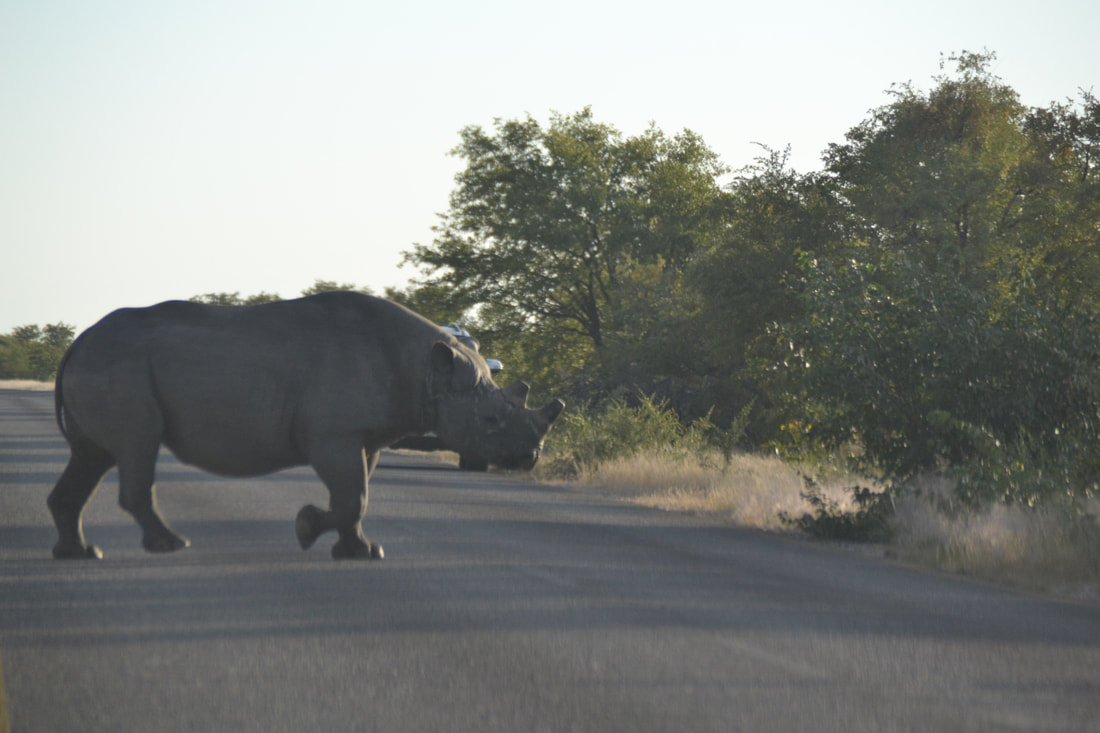
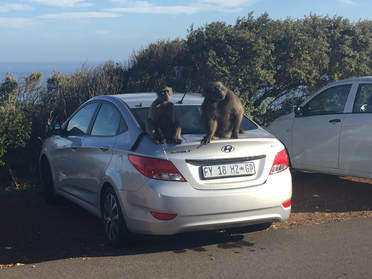
 RSS Feed
RSS Feed